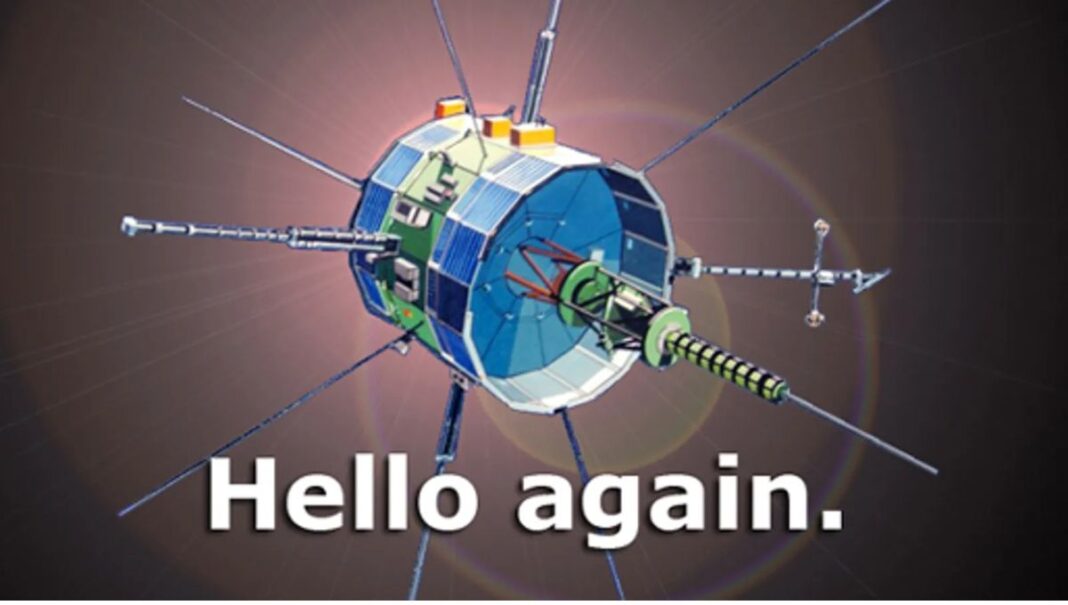In a remarkable discovery, a satellite that vanished from ground-based sensors in the 1990s has finally been located after 25 years, shedding light on the challenges posed by space debris within Earth’s increasingly crowded orbit.
The satellite in question, known as Infra-Red Calibration Balloon (S73-7), was part of the United States Air Force’s Space Test Program. Launched alongside a big reconnaissance satellite, the KH-9 Hexagon, on April 10, 1974, it was intended to serve as a calibration target for remote sensing equipment. However, its deployment failed, rendering it another fragment of space debris.
Relevant Read: Center of Excellence to be established in NED worth PKR 2.5 Billion, Amin-Ul-Haque
Boosted into a 500-mile circular orbit, the 26-inch-wide satellite disappeared from tracking systems in the 1990s, baffling scientists and space agencies alike. Its absence highlighted the challenges of monitoring defunct satellites and debris cluttering Earth’s orbit.
Earlier this week, however, tracking data from the Space Force’s 18th Space Defense Squadron revealed the satellite’s whereabouts, marking a significant breakthrough in space surveillance efforts.
Jonathan McDowell, an astrophysicist and expert in satellite tracking, commented on the difficulty of tracking such objects, stating, “The problem is that it possibly has a very low radar cross-section. And maybe the thing that they’re tracking is a dispenser or a piece of the balloon that didn’t deploy right, so it’s not metal and doesn’t show up well on radar.”
The rediscovery of the Infra-Red Calibration Balloon underscores the ongoing challenges of managing space debris and highlights the importance of continued efforts to monitor, track, and mitigate potential hazards in Earth’s orbit.




